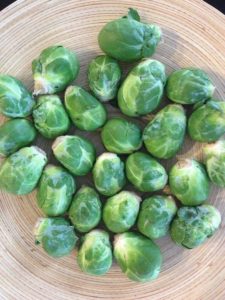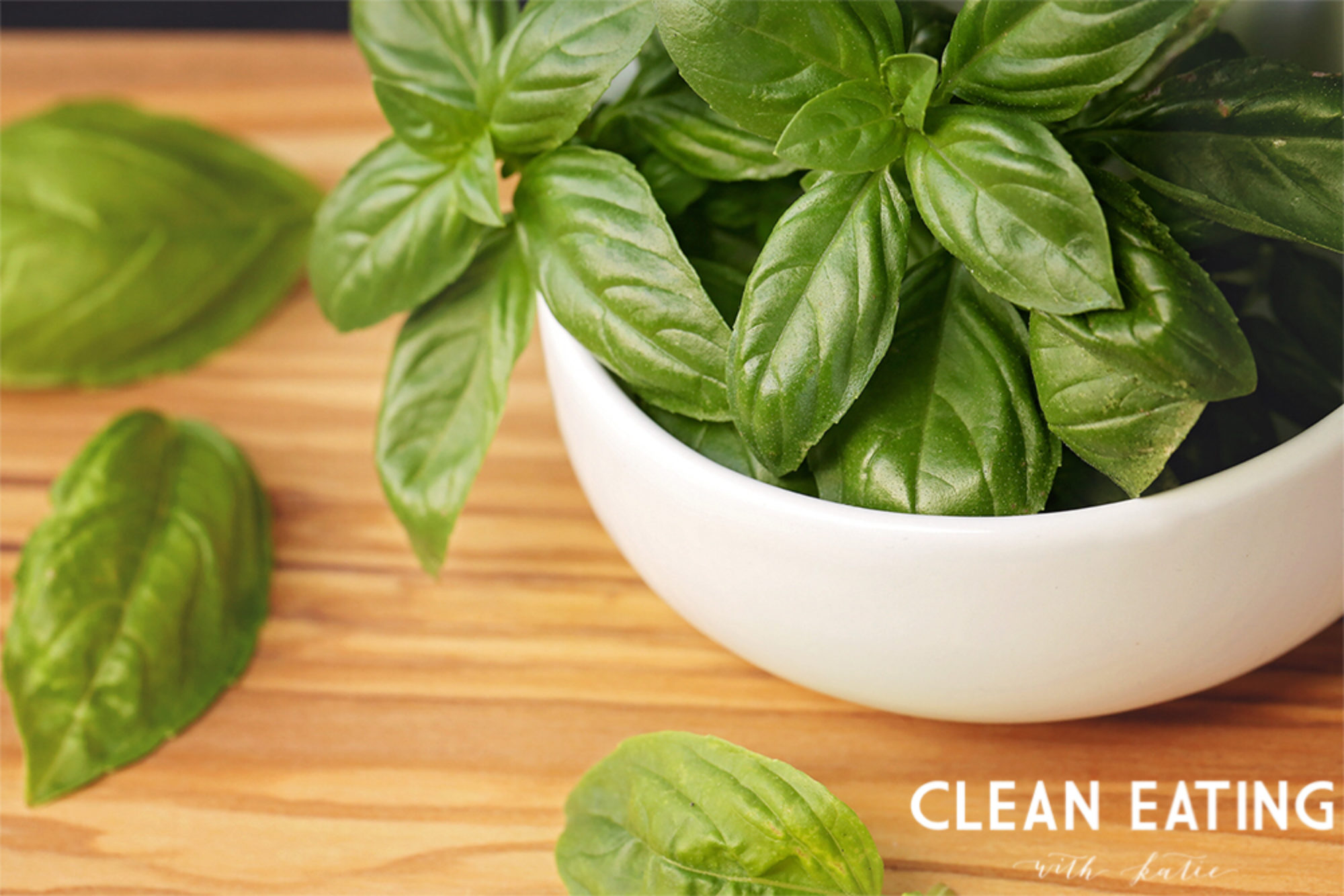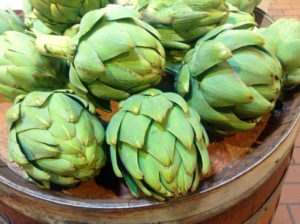B R U S S E L S S P R O U T S ! ! ! ! ! ! ! Hopefully that conveys my excitement for this fall and winter veggie. I could seriously have them nearly every day and still love them. But it wasn’t always that way. The first time I had Brussels sprouts was at my step sister’s wedding in 2009. I had avoided them for all of my childhood and well into my twenties. At the wedding, they were pretty boring, so I didn’t add them to my list of new favorites just yet. Then in 2010 I began working for Tomatero Organic Farm and in the fall we had Brussels. So I bought some and found a recipe in a cookbook for how to prepare them (roasted in butter and topped with bacon). And you know what? I LOVED them. From there on out, I was hooked!

Danielle Walker of Against All Grain has a great recipe and I have created my own favorite recipe too. Look for it soon! Jennifer Tyler Lee suggests Brussels Sprouts Chips, which surprisingly, I have yet to try! She also suggests roasting them with bacon [this is a very common way they are prepared] and also sautéed with lemon and walnuts.
VEGGIE TIP: If you aren’t on the Brussels bandwagon yet, it’s probably because these are DENSE little veggies and if not cooked through to the center, they aren’t very tasty. Using a food processor, try grating them or slicing them (my favorite). Now they will be cooked through and it won’t take an hour to chew them.
Food Facts:
- Member of the brassica/cruciferous family.
- Sinigrin and progoitrin and the bitter chemicals that are responsible for some folks distaste of Brussels sprouts.
- Brussels kill more human cancer cells than any other member of the cruciferous family.
- When shopping for brussels:
- It’s important to buy them in season for less of a bitter flavor.
- Brussels should be bright green with densely packed leaves.
- Frozen Brussels have only 20% of the caner-fighting compounds as fresh Brussels.
- Like broccoli and artichokes, Brussels respire rapidly, so refrigerate immediately and eat as soon as possible.
- Steaming Brussels for 6-8 minutes will help them to retain the most nutrients (although that’s not how I like to cook them).
- Great source of vitamin B6, C, and K, folic acid, beta-carotene, thiamine, and potassium.
- Rich in fiber.
- Contain the antioxidant, glucosinolates, that help to fight cancer.
Sources:
The 52 New Foods Challenge by Jennifer Tyler Lee, Eating on the Wild Side
by Jo Robinson, and Encyclopedia of Healing Foods
by Michael Murray, Joseph Pizzorno, and Lara Pizzorno.


 The Globe/French artichoke is the most nutrient dense variety.
The Globe/French artichoke is the most nutrient dense variety.